We've had a fairly mild winter in St. Louis so far this year, with just a couple of exceptions. It's been especially snowless -- unlike some parts of the country -- which means that gardeners eager for spring get "the bug" early. And by "gardeners" I mean me.
Even though I know that the very earliest perennials (crocus, daffodils, dicentra) don't emerge until late February, I'm already out there looking for signs of survival. You thought I was going to say "signs of spring", right? No, I'm more curious right now about which plants survived the winter and which did not. So I start looking closely...
Those with green basal growth will probably be fine, like this Solidago that I never got around to planting last year:
Or the Rudbeckia maxima, which I'm hoping to see big things from this year -- and lots of little seedlings:
Or the apparently indestructible catnip, which I'll have everywhere next year I think...
...much to the delight of my cats.
Others are iffy, like this Echium which is either E. amoenum or E. russicum:
I didn't show you the plant next to it that appears to be dead, and I didn't want to dig around to find the tags yet. I'd rather wait until I have clearer signs of survival or death.
Some plants are new to me this year so I'm not sure what to expect:
There are experiments going on too, mainly with heavy mulching of plants that should not be cold-hardy here:
There are two or three different plants under those large mulch piles. I'll be pleasantly surprised if they survive, but the mild winter will certainly improve their chances. That is if the two cold snaps didn't get them.
Some plants give no signs of how they're doing:
I normally wouldn't be concerned about common milkweed (Asclepias syriaca) as it's native and easily hardy here, but I transplanted these in the fall and don't know if I did a good job of it. The first fleshy finger that pokes out of the ground will be a big relief.
Maypop also gives no early signs, but I know this not only will be fine...
...but will be emerging all over the place this year. I expect to be digging lots of these out in the spring.
Some plants look exactly as expected:
The clematis vine in front of the hakone grass -- both will be just fine in the spring. No worries about these!
No worries about the bamboos either, those who look just fine like Shibatea kumasaca:
or those that have a bit of burn like Pleioblastus shibuyanus 'Tsuboi':
The burned ones will be mowed down for the most part -- the bamboos are not earlybirds when it comes to spring activity, but their green makes the winter so much more tolerable.
There are some other evergreen plants that are a surprise, like this fern (whose tag is buried under mulch that I don't want to disturb right now):
And there are plenty of plants that I never worry about during the winter, like Caryopteris (blue mist spirea):
But others, well, I worry every year:
Only time will tell what sort of damage has occurred here. Hopefully just a pad or two will be lost.
Then there are plants that I never know what to do with come spring. They easily survive each winter, but get so ragged...
I suppose they should be mowed down like the groundcover bamboos and grasses, but I always have hope that they'll stand themselves up somehow. I tend to be overly optimistic in early spring.
Finally, there are the surprises. Potted plants that I never labeled because it "wasn't needed", but during the winter are indistinguishable from pots that don't contain plants:
These are always fun for me.
Almost as much fun as walking around the garden in late January taking inventory, looking for signs of survival.
.
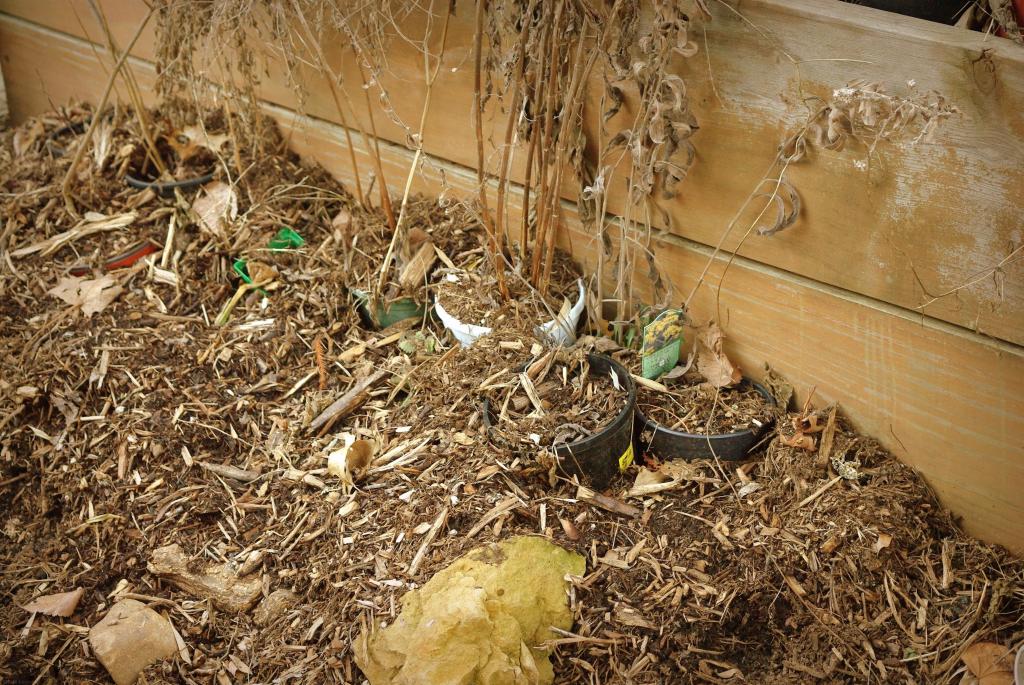
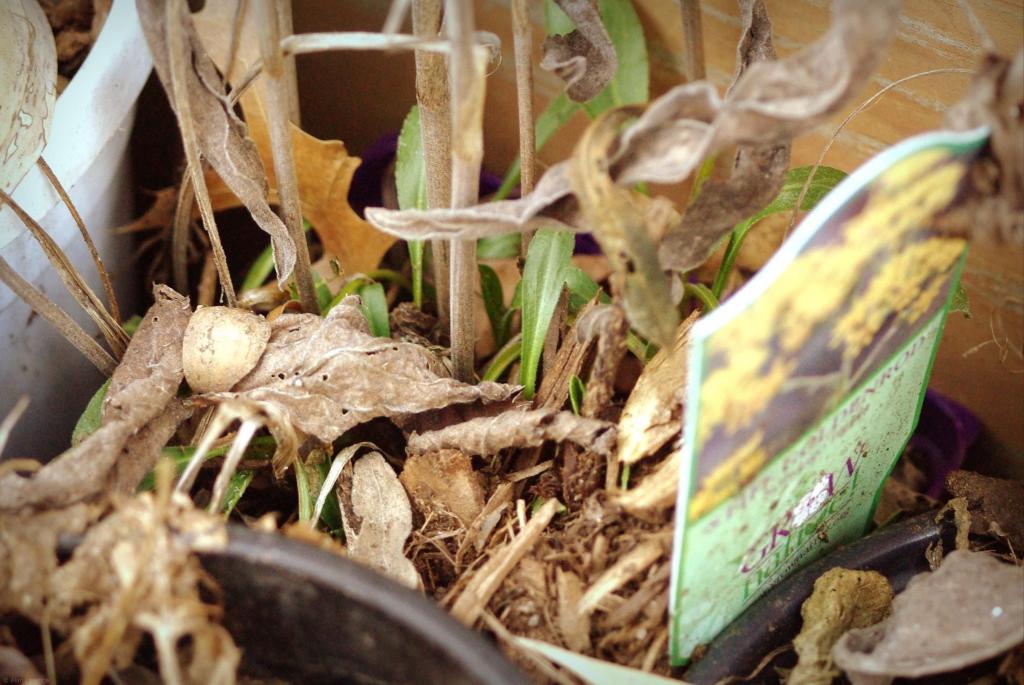
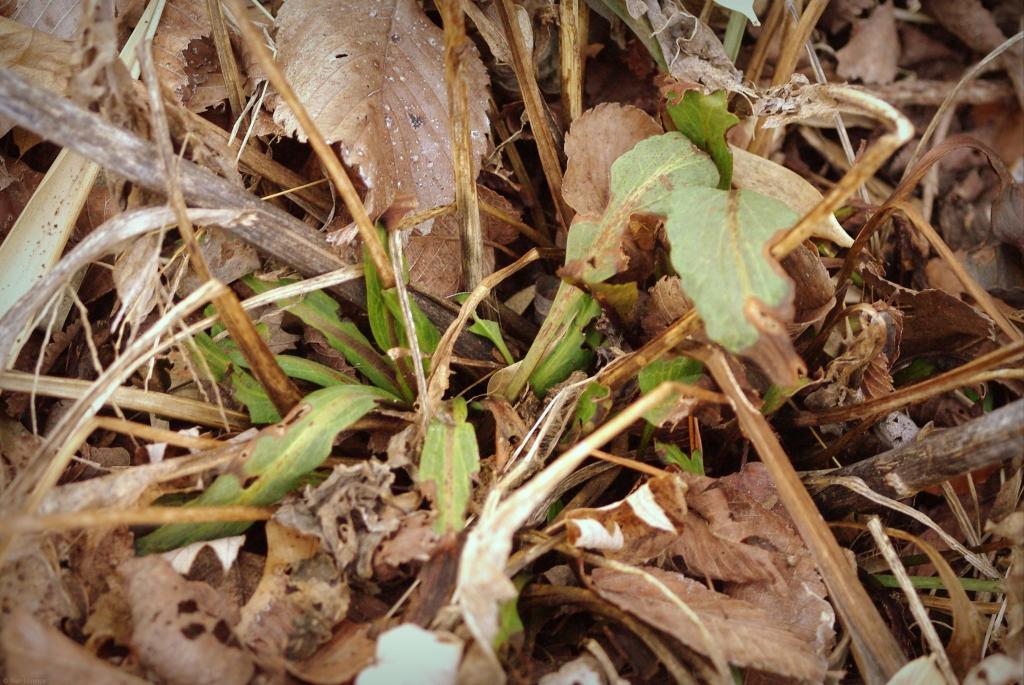
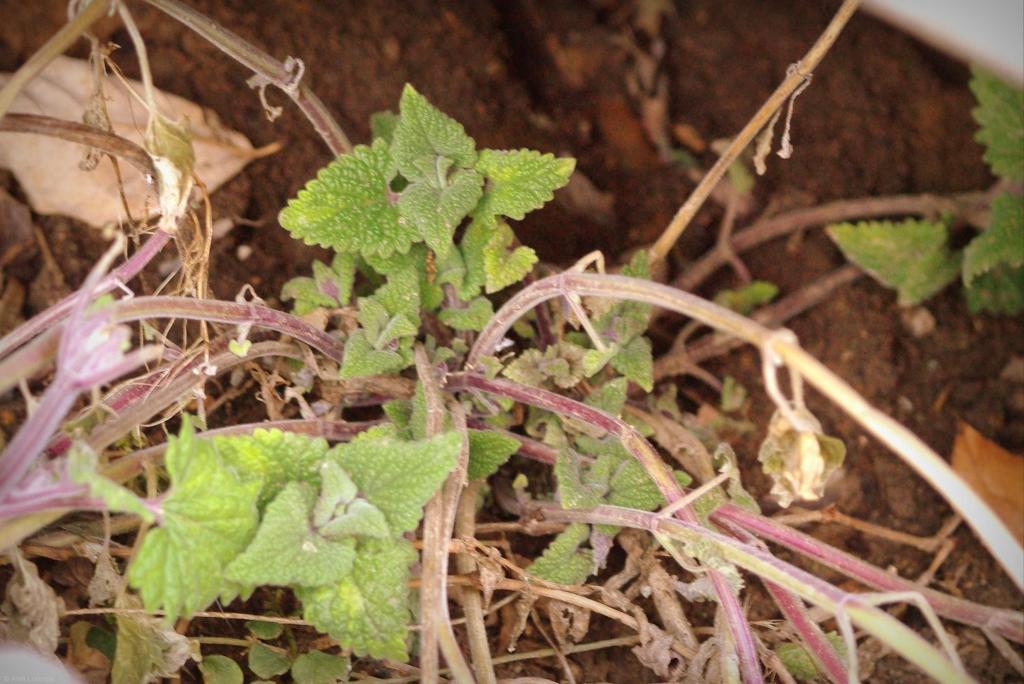
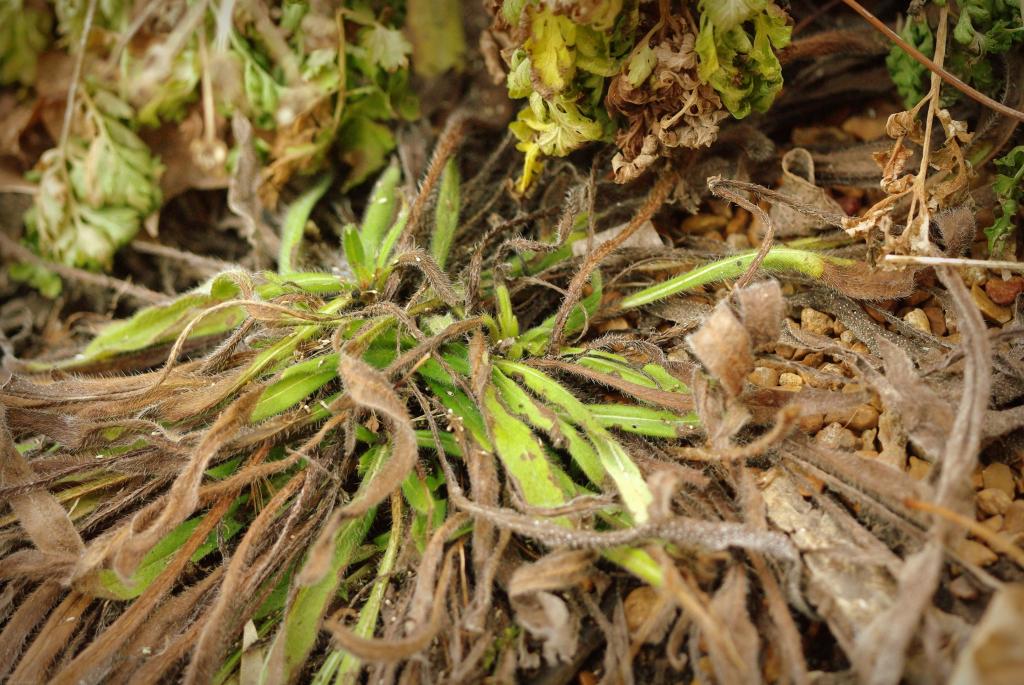
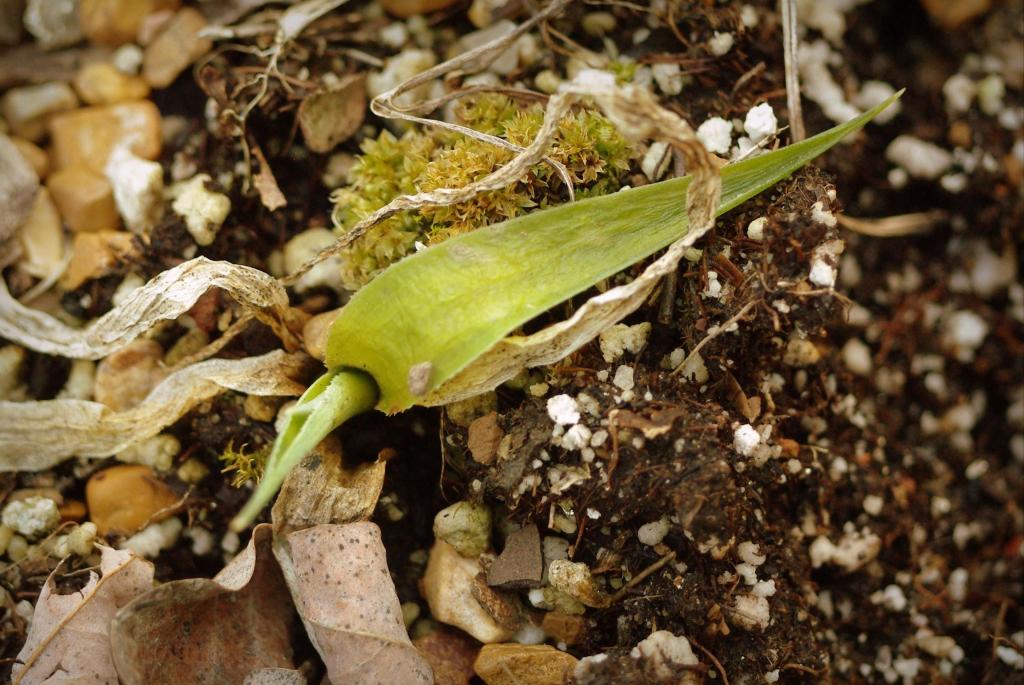
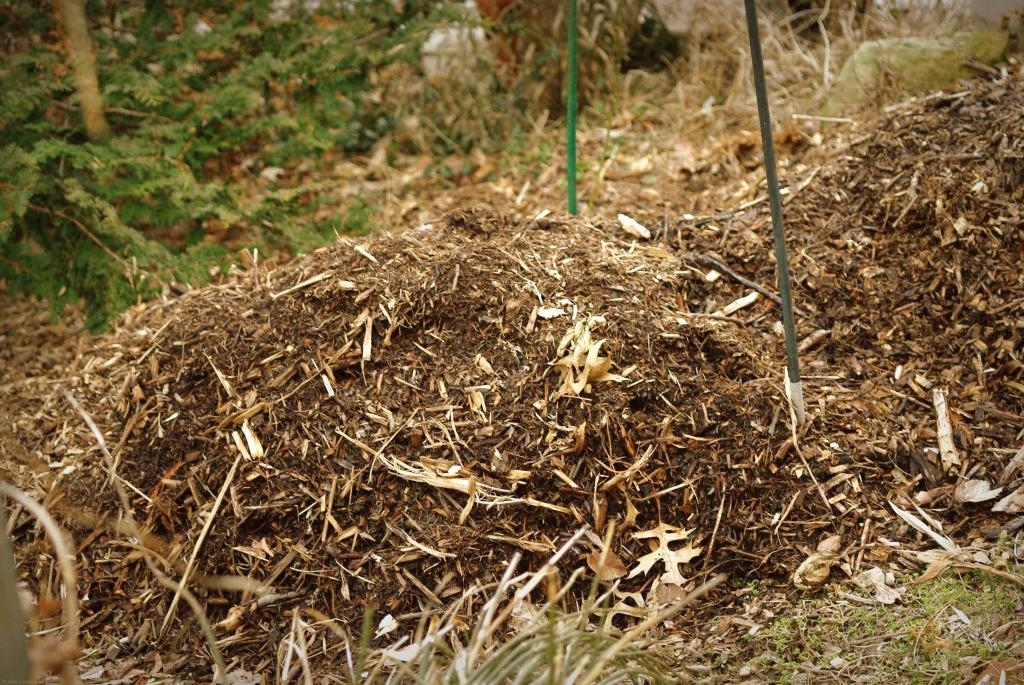
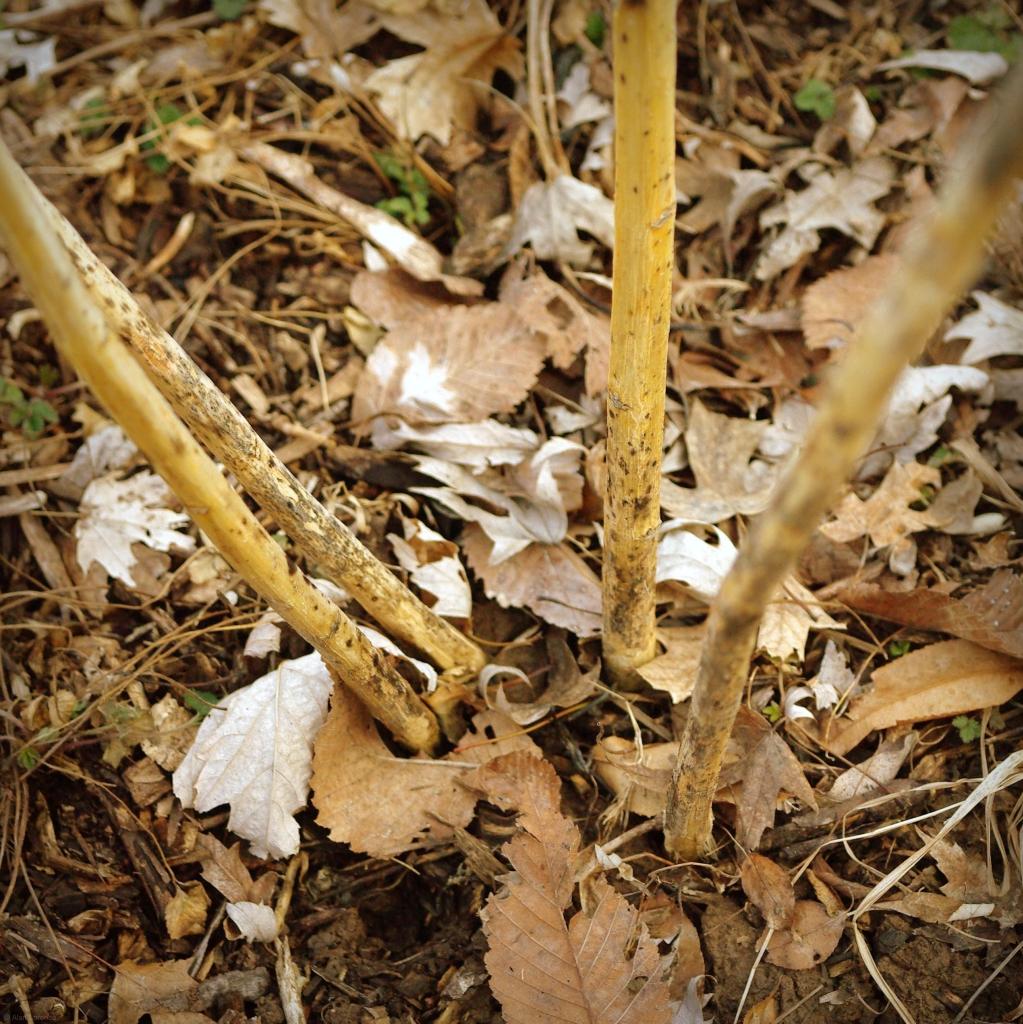
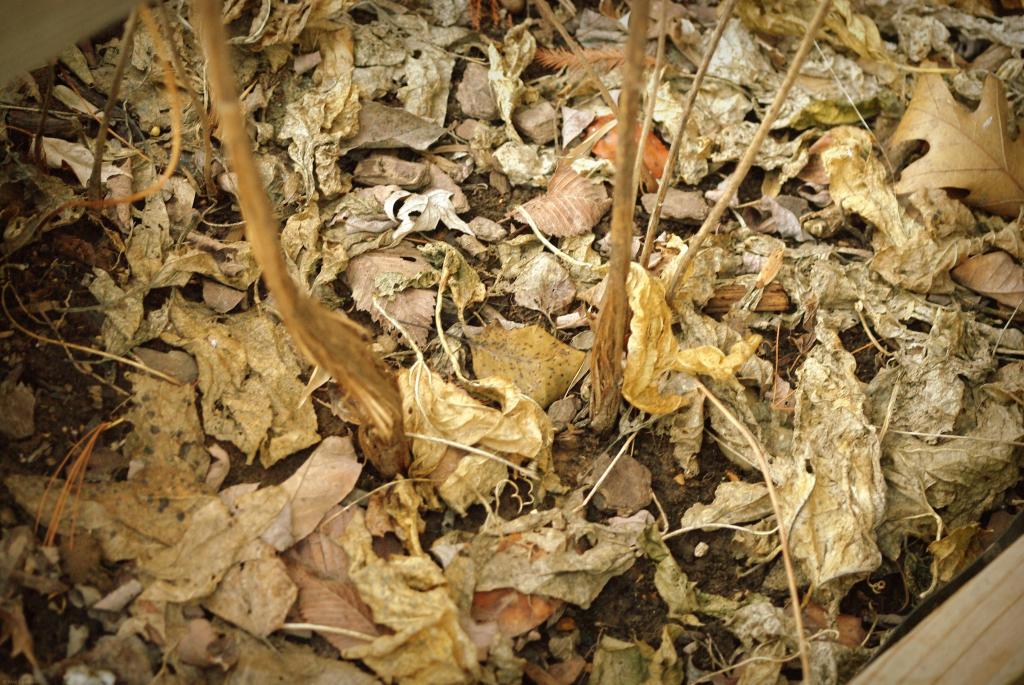

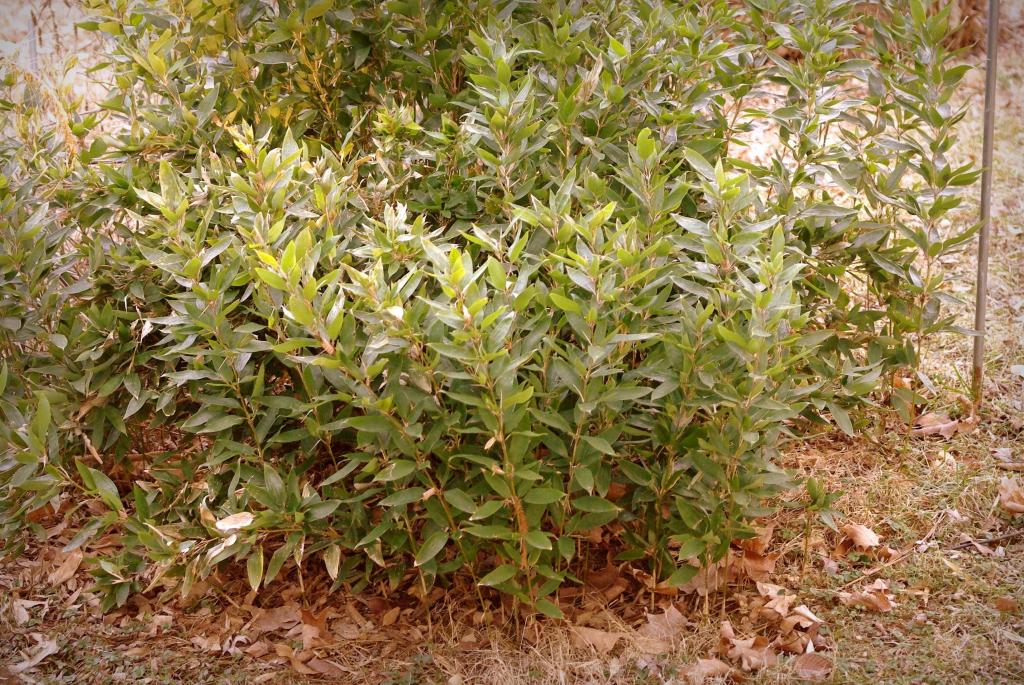

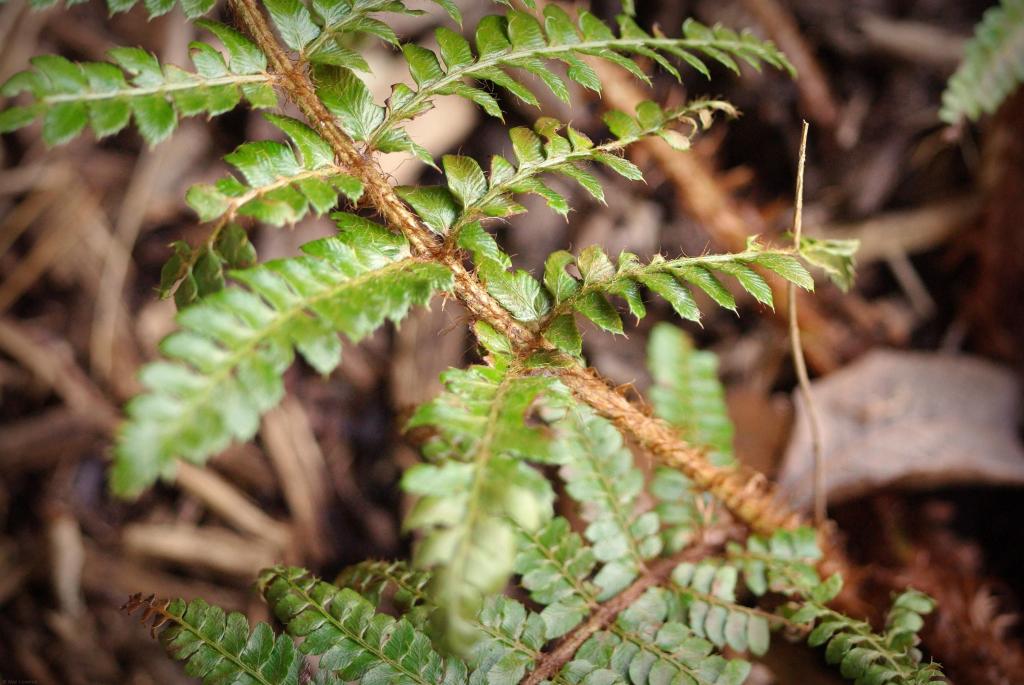
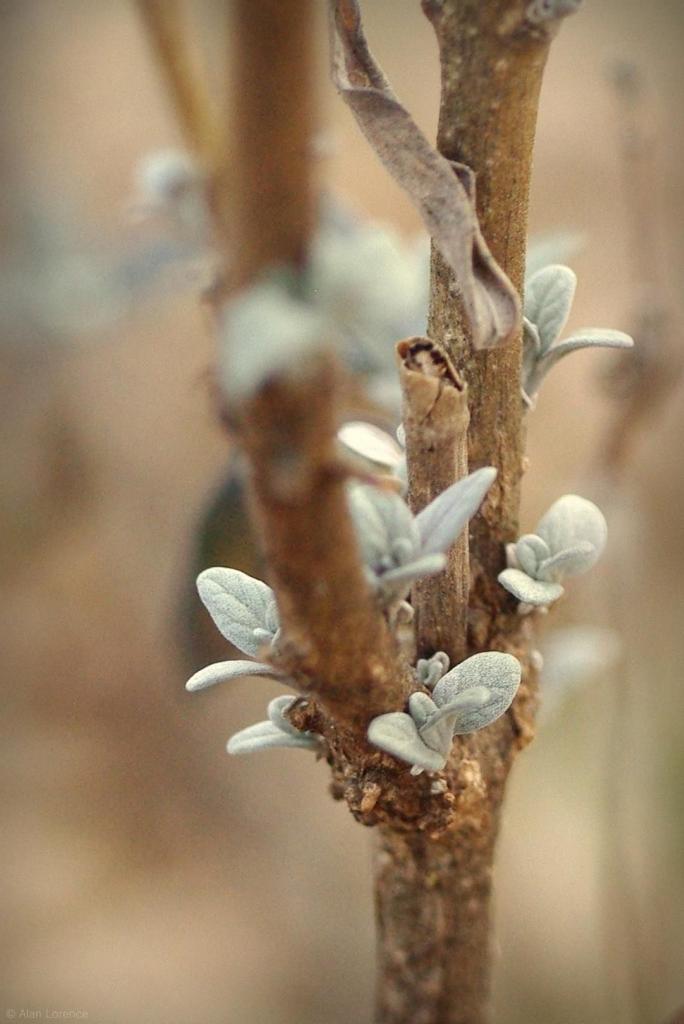
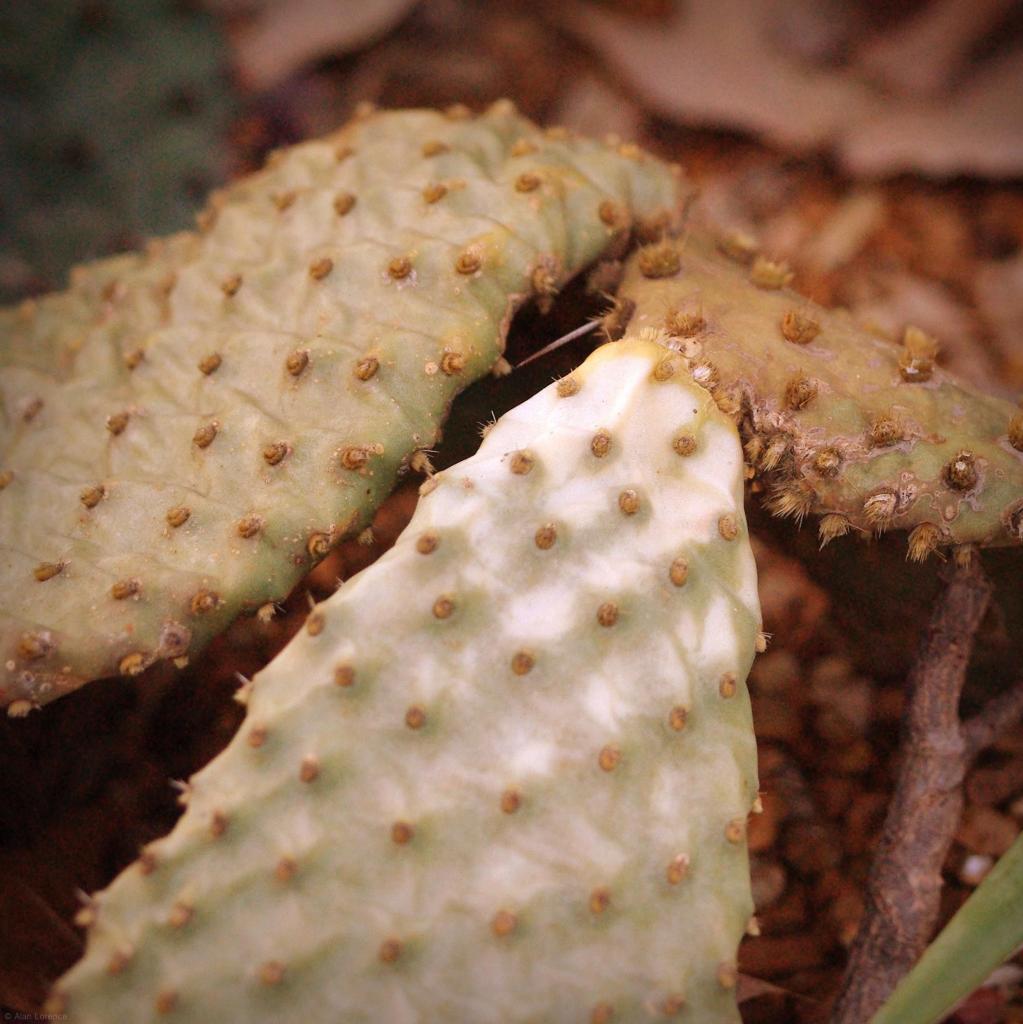
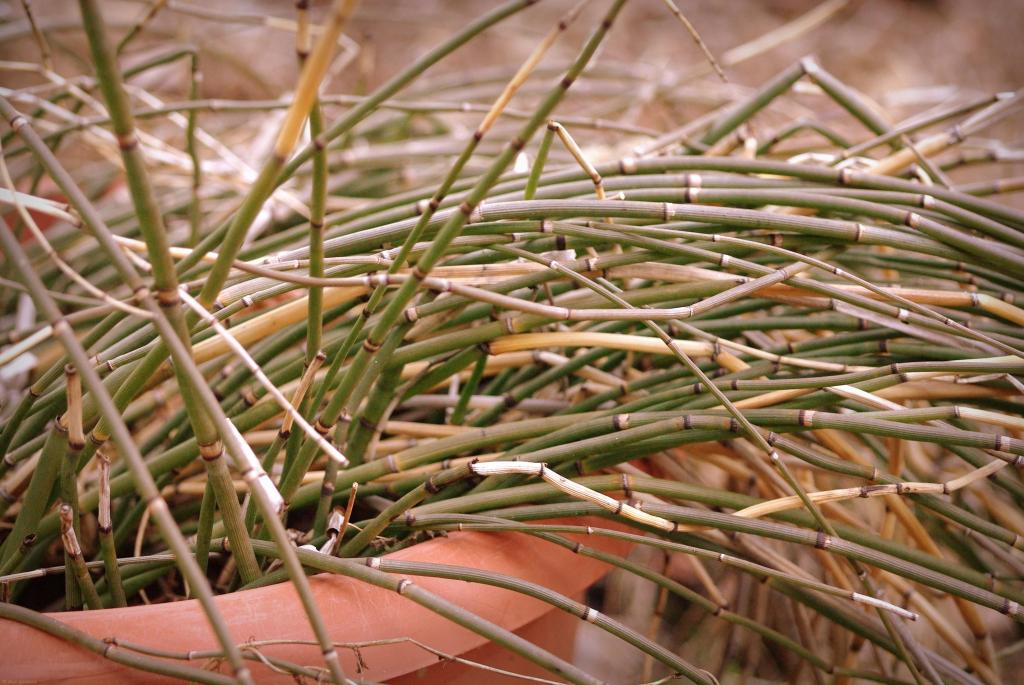
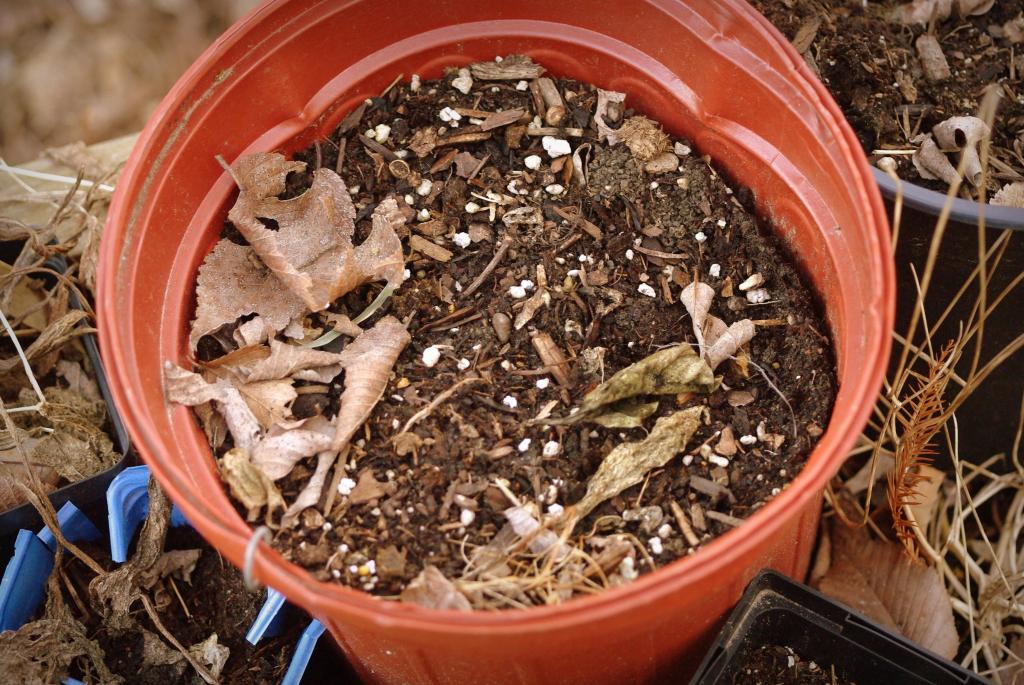
It's amazing how uplifting seeing and looking for signs can be in the depths of winter :)
ReplyDeleteI've always wanted to try Caryopteris (blue mist spirea) and its winter hardiness sounds very appealing. Loved the pics!
ReplyDeleteIt's amazing how a good mulch will bring a plant through the winter. I remember a neighbor in Chesterfield who boxed up a crape myrtle every year.
ReplyDeleteNice signs of survival! Winter is almost over! Hooray!
ReplyDelete